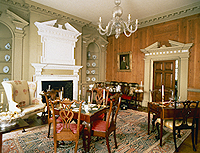
Gunston Hall (built 1755-58) home of George Mason, Lorton, Virginia. Palladian Dining Room (shows most recent restoration in progress).

Gunston Hall (built 1755-58) home of George Mason, Lorton, Virginia. Palladian Dining Room (shows most recent restoration in progress).
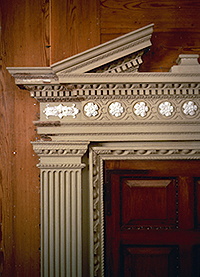
Gunston Hall, showing detail of dining room doorway to living room. Woodwork by William Buckland and William Bernard Sears, 1755-58.
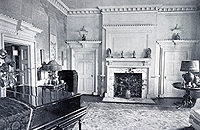
Gunston Hall, living room as it appeared after the 1920 restoration. This is the earliest known example of a Chinese Chippendale interior in America. Interior details by William Buckland.
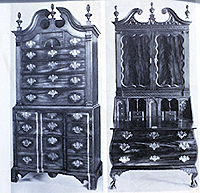
Left: Chest-on-chest, 1760-75, mahogany. Partially blocked in Massachusetts manner. Boston. Right: Secretary desk, Boston, 1770-85, mahogany. Bombé profile of finest Boston work. Attributed to John Cogswell.

Side chair, Boston, 1760-90. Note seat has square corners, shallow acanthus leaf carving on knees of cabriole legs, raked back talon on claw feet.
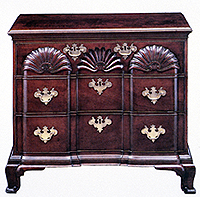
Chest of drawers by the Goddard-Townsend family of Newport, Rhode Island, 1765-1785.
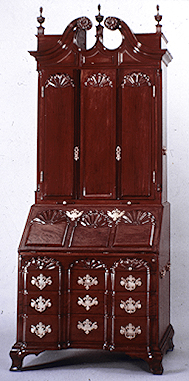
Secretary desk, mahogany, attributed to John Goddard, Newport, Rhode Island, circa 1759.
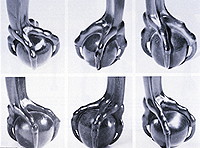
Details of Newport table feet showing typical Newport undercut talons.
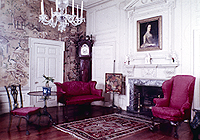
Steadman-Powell House Parlor, Philadelphia, 1768. Metropolitan Museum of Art.
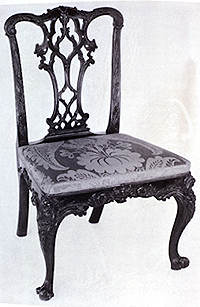
Side Chair, mahogany, Philadelphia, 1760-1775 attributed to Benjamin Randolph. Note the more florid Philadelphia style.
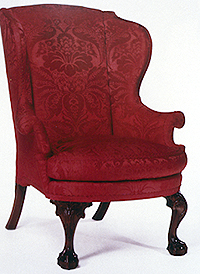
Wing Chair, Philadelphia 1760-90. Note scrolled over arms, bow or curved front to seat, flattened ball under claw feet--all Philadelphia characteristics.
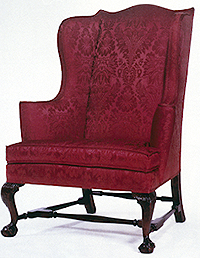
Wing Chair, Boston 1760-90. Note outward scroll to arms, serpentine cresting to back, square seat, stretchers--all typical New England features.

Philadelphia serpentine-back mahogany sofa with horizontally rolled arms, cabriole front legs, and stump rear legs. Circa 1765-80.
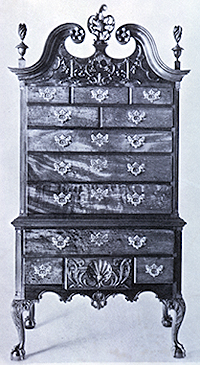
Mahogany high chest carved in a flamboyant Rococo manner, made for William Turner of Walnut Grove, Philadelphia, between 1765-80.
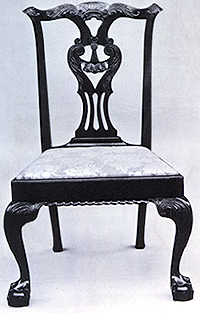
Side chair, mahogany, New York, 1760-1775. New York Chippendale chairs typically have this distinctive back splat with a tassel hanging in an open space, large front feet with a tendancy to squareness, rear stump feet, and very flat carving.
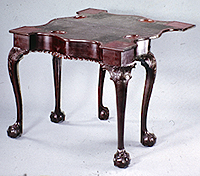
Mahogany card table from New York, 1750-80. Note the large feet, serpentine apron with gadrooning.